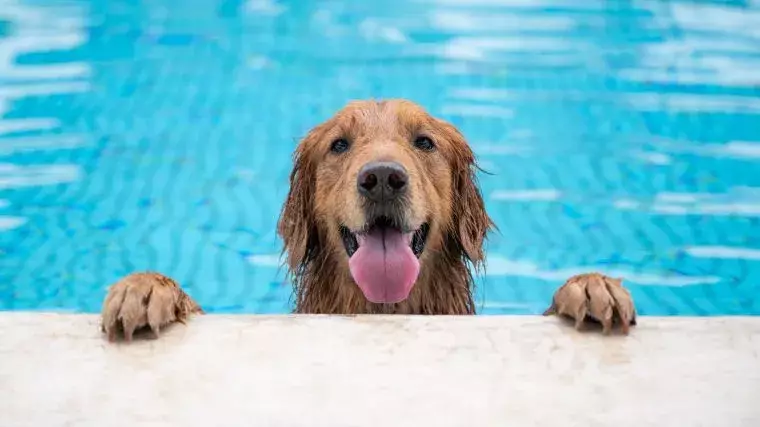Taking your dog on aquatic adventures can be a delightful experience that promotes physical activity, mental engagement, and bonding. However, each dog is unique, and their comfort level with water varies significantly. This guide delves into safe practices for introducing your furry friend to water, ensuring that every splash is met with enthusiasm rather than trepidation.
Before you dive into the fun, it’s crucial to assess how your dog feels about water. Traditional methods, like check-ups in the bathtub, may not reveal their true feelings. Some dogs that dislike baths might enjoy splashing in a lake or a pool. Begin by exposing them to shallow water environments. Locations like a gentle lake shore or even a kiddie pool can provide an ideal setting for initial introductions. Watch closely for signs of anxiety or discomfort—these can manifest as avoiding the water, shaking, or excessive lip licking. Recognizing these cues early can guide your efforts in making their aquatic experience enjoyable.
Once you understand your dog’s comfort levels, it’s time to introduce them to water gently and gradually. This process requires patience; it’s completely normal for dogs to take time to adjust. If your destination is a lake or pool, a doggy life jacket is a wise precaution, regardless of how confident your dog might appear. Opt for areas with gentle slopes or accessible steps which can serve as easy entrances and exits to the water. You might find it beneficial to attach a long leash to help manage your dog while allowing them the freedom to explore without straying too far into deep waters. For early training, shallow splash pads or kiddie pools serve as excellent practice zones where you can reinforce positive behavior with treats or toys each time your dog ventures into the water.
Training is essential for teaching your dog the basics around water, including how to enter and exit safely. Use treats as incentives—reward them every time they navigate in and out of the water effectively. This not only builds their confidence but also helps them associate water with positive experiences. Additionally, if you’re introducing a life jacket, it’s vital to employ positive reinforcement here as well. When you put the jacket on, feed your dog treats through the jacket’s neck opening and offer more rewards once it’s securely fastened. This creates a positive association with the fitting process, easing any potential anxiety.
Even the most athletic dogs need close supervision whenever they are near water. This vigilance is crucial, especially in unpredictable environments. Be aware of changing tides, strong currents, or deeper areas that may surprise your dog. If your dog exhibits signs of fatigue or stress, it’s best to take breaks regularly. Frequent rests can prevent any potential mishaps and keep the atmosphere stress-free and enjoyable.
Once your dog has acclimatized to water, it’s time to make the most of your adventures together. Bring along floating toys, and engage in fetching games or swimming sessions. Spending quality time relaxing on the beach or lakeside can also be rewarding for both pet and owner. To keep the experience fresh and engaging, research different toys specifically designed for water play, which can add excitement to their outings.
If your dog ultimately shows disinterest or dislike for water, don’t be discouraged. There are numerous alternative activities that cater to their preferences. Explore engaging play that aligns with your dog’s personality, from fetch on land to interactive games that stimulate their minds. Your outings can still be filled with joy without the necessity of water play.
Ensuring that your dog enjoys their introduction to water requires careful attention to their comfort levels and gradual exposure. Incorporating positive reinforcement and maintaining vigilant supervision can turn your aquatic adventures into cherished memories, enriching your bond while enjoying the great outdoors.

